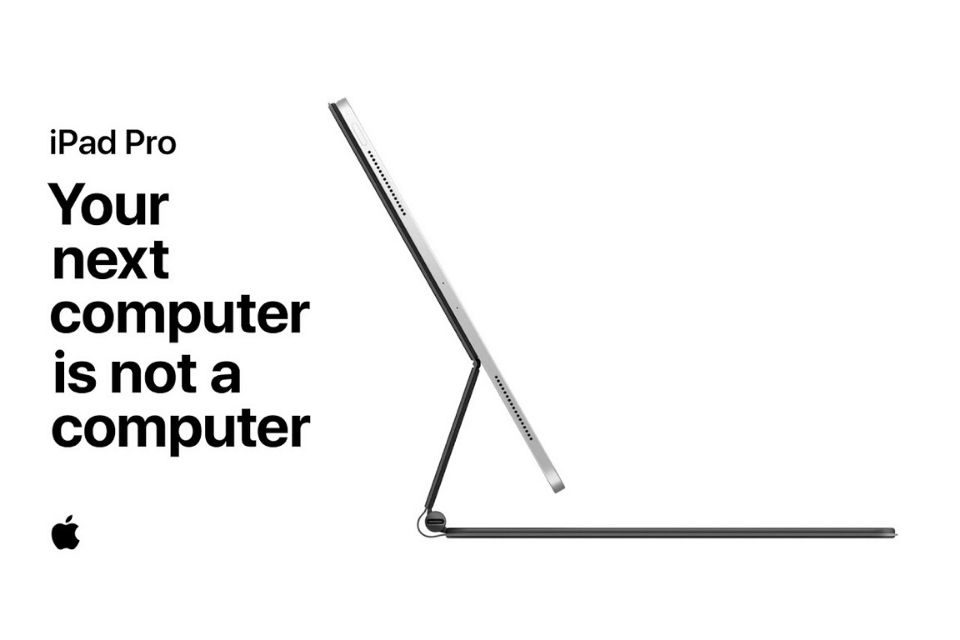Less is More: Embracing Minimalism in Creative Marketing

However, a great way to tackle this digital clutter is through minimalism, not just in decluttering your home but in advertising too. Minimalist ads are simple, easy to understand, visually appealing, and a refreshing change from the constant digital noise.
While minimalism won’t solve all advertising problems, it’s a powerful tool to make your message stand out. Minimalist ads focus on one clear message, cutting through the clutter without overwhelming the audience. By using a single tagline, logo, or image, you can create thought-provoking and captivating ads that effectively engage consumers. Brands that can create these intriguing minimalist campaigns can succeed in their advertising efforts.
What are the Benefits of Minimalistic Design for Brands and Businesses?
Minimalism in creative marketing is a design and communication approach that emphasizes simplicity, clarity, and the removal of unnecessary elements. It can bring several benefits to a marketing campaign:
Clarity and Focus: Minimalist design reduces distractions and allows the audience to focus on the key message or product. This clarity can make it easier for consumers to understand and engage with your marketing materials.
Memorability: Simple, uncluttered designs are often more memorable. By using fewer elements, you can create a stronger, more lasting impression on your audience.
Timelessness: Minimalist designs tend to be timeless and don’t go out of style as quickly as more complex, trendy designs. This means your marketing materials will remain relevant for a longer period, saving you from the need for frequent updates.
Enhanced Aesthetics: Minimalism often results in elegant and sophisticated aesthetics. This can help your brand and products appear more high-end and desirable to your target audience.
Ease of Understanding: Minimalist marketing materials are easier to understand. When people can quickly grasp your message, they are more likely to take action, whether it’s making a purchase or signing up for a newsletter.
Mobile-Friendly: Minimalist designs tend to work well on various devices, including mobile phones and tablets. Given the increasing use of mobile devices for accessing online content, this is a significant advantage.
Reduced Load Times: Minimalist web design can improve page loading times, leading to a better user experience and potentially higher search engine rankings. Faster-loading pages also reduce bounce rates.
Cost-Efficiency: Minimalism often requires fewer design and production resources. This can lead to cost savings in terms of design, printing, or web development.
Eco-Friendly: Less complex designs can be more eco-friendly by reducing waste and energy consumption in the production process.
Consistency: Minimalist design lends itself well to maintaining a consistent brand image across various marketing materials. A unified, clean aesthetic can help build a strong and easily recognizable brand.
Improved Readability: Clear typography and uncluttered layouts make your marketing materials more readable. This is essential for conveying your message effectively.
Adaptability: Minimalist designs are adaptable to a variety of marketing channels, including print, digital, and social media. They can be easily scaled and repurposed for different platforms.
Stand Out: In a world where visual noise is prevalent, minimalist marketing can help your brand stand out by being a breath of fresh air in a cluttered landscape.
User Engagement: Minimalist designs can encourage user engagement and interaction by directing attention to specific elements, such as a call to action or a product feature.
Aesthetic Appeal: Many consumers appreciate and are drawn to the aesthetic appeal of minimalism. This can help your brand resonate with an audience that values simplicity and elegance.
Overall, minimalism in creative marketing can simplify your message, enhance your brand’s image, and improve the overall effectiveness of your marketing efforts. It’s a valuable approach for creating marketing materials that are visually striking, easy to understand, and memorable.
Getting Inspirations From Big Brands
KitKat

Image Source: Nestle Corporation
Durex

Image Source: Durex Facebook Page
Minimalist

Title
Image Source: Minimalist
Apple’s product design often revolves around two fundamental shapes: circles and straight lines, with only a few exceptions for iOS devices. This consistent design approach helps build brand recognition and customer loyalty.
Apple

Image Source: Apple Website

Image Source: Apple Website
This is Why…
However, don’t mistake minimalism for being easy to create just because it appears simple. It requires thoughtful consideration, an understanding of aesthetics, the current social landscape, and human behaviour. Furthermore, compelling content should stimulate the audience to think, reflect, and respond. Consistently producing such content across various platforms is a skill that brands might find valuable to master.





